How do I get started when my students have intense behaviors?
We had the great fortune of working with a teacher at one of our intensive summer camps who showed us the power of literacy as a mediator of intense behaviors. The camper she was working with was an emerging reader, writer, and communicator who initially expressed very little interest in anything other than the YouTube videos he preferred to watch repeatedly.
The teacher kept track of the videos he selected during their first day working together. She attempted to interact with him while he watched the video by making the same types of comments she would typically make during shared reading while also demonstrating how he might use a picture-based communication system to make comments. The teacher introduced a game on the second day. She showed the camper the first letter that matched the name of the songs he had been listening to on YouTube. She then encouraged the camper to select the letter for the song he wanted and ran with him across the room to watch the video on the interactive whiteboard. She continued to follow his lead and interests throughout the week, creating new ways to engage him in reading and writing tasks.
As his engagement increased, his intense behaviors decreased. He continued to be boisterous and active, but he was no longer difficult to manage. We have always asserted that engaging the minds of students is one way to reduce challenging behaviors. This teacher and camper reinforced that assertion.
Why should I focus on literacy instead of more functional skills?
You should teach literacy because it is the most important functional skill your students can acquire. Learning to read and write will make it easier for your students to learn any other skills they need, and it gives them the power to seek support when they do not have the skills they need.
The distinction between literacy and functional skills is false and likely made by people who did not know how to teach literacy to students with significant disabilities. Literacy is so highly related to postschool success that schools should continue to make comprehensive literacy instruction a priority in students’ programs until the day they graduate or otherwise complete their schooling. Too often, students reach adolescence and the focus turns entirely away from literacy learning to experiences in the community, at their jobs, and so forth.
These experiences, however, can be used to continue literacy development. Students can write about the myriad transition and work experiences they are having. Teachers can plan word study lessons around the words that students need to read and write in the various community experiences they will encounter. Tar Heel Reader provides a very easy way to create books that can be used during reading comprehension lessons to help students learn the sequence of steps in a new job and the differences between the roles of their coworkers.
No line needs to be drawn between so-called functional skills and literacy. Literacy is functional, and literacy instruction can help students learn all those skills that have traditionally been placed on the other side of the imaginary line.
How will I know my students are learning?
You will know your comprehensive instruction is working when you see students reading and writing more successfully, more often, and with greater interest and engagement. More specifically, it is working for the emergent reader and writer when the student is:
- More interested and engaged during instruction
- More aware of print in the environment
- Successful in identifying letters of the alphabet
- More aware of print concepts (e.g., one-to-one relationship between spoken and written word; left-to-right, top-to-bottom directionality)
Your instruction is working for conventional readers and writers when they:
- Moan and groan when you tell them they have to stop reading and writing to go somewhere or do something else
- Start relating things learned during reading comprehension lessons to other aspects of life and vice versa
- More accurately spell or represent the sounds in words they want to write and more accurately decode unfamiliar words in text
- Use reading and writing to accomplish personal goals beyond instructional time
- Engage more actively in instruction
You can track some of these by tallying the number of student-initiated comments during shared reading, recording the letters students identify and produce across the day, and noting when the student demonstrates understandings of various print concepts by accurately cutting apart the individual words in the sentences created in predictable chart writing or pointing to the words while you read the chart. For conventional readers and writers, you can track progress in reading using cloze or maze passages and other tasks.
For too long, we have put the proverbial cart before the horse and worried too much about assessing progress without doing what students need to make progress in the first place. Just get started. Then reflect regularly on your practice and focus on instruction that is comprehensive, integrated, engaging, and intensive. Then you will not wonder if it’s working, because your students will show you it’s working every day through their improved abilities to read, write, communicate, and interact meaningfully with others.
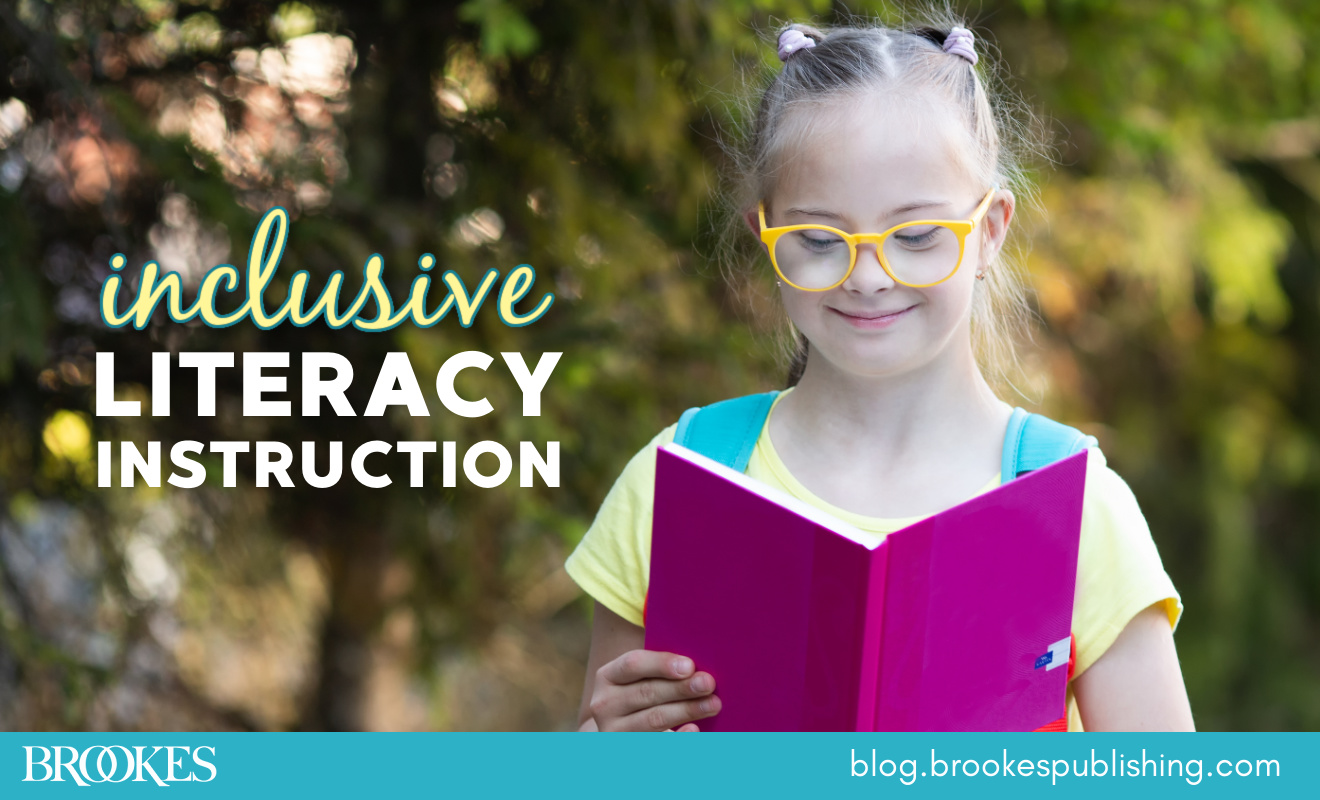
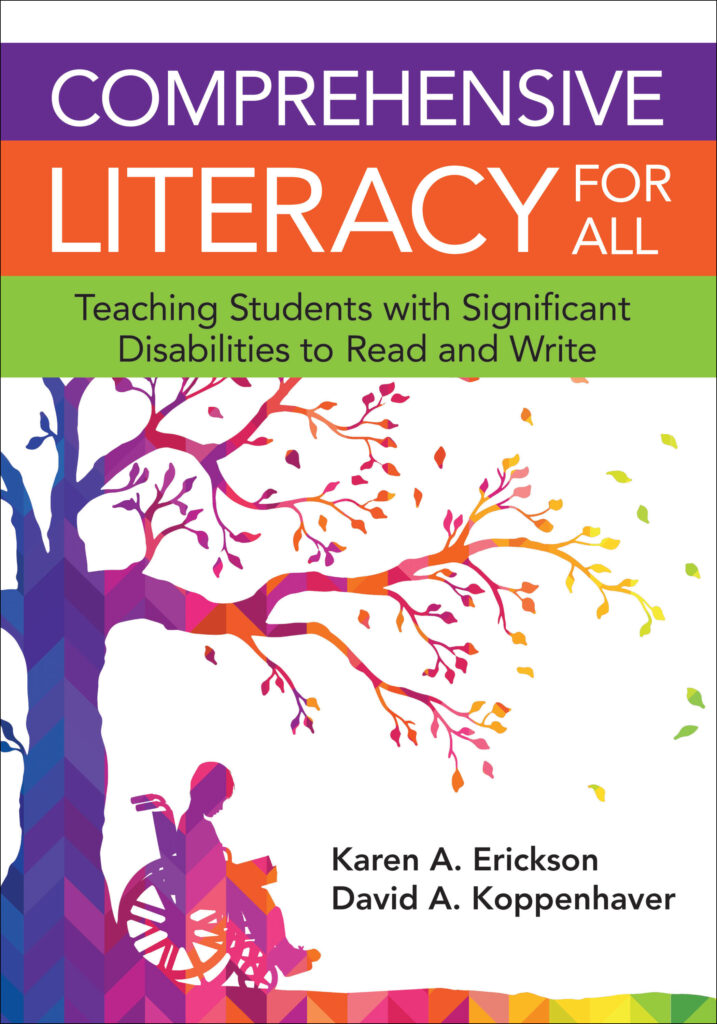 All children can learn literacy skills, but teachers often have questions about how to teach and include students with more intensive support needs or significant disabilities. Excerpted and lightly adapted from their book Comprehensive Literacy for All, today’s post shares some helpful insights from experts Karen Erickson and David Koppenhaver. Here, the authors address questions they commonly encounter with groups of educators who are working to organize and implement comprehensive literacy instruction for all learners.
All children can learn literacy skills, but teachers often have questions about how to teach and include students with more intensive support needs or significant disabilities. Excerpted and lightly adapted from their book Comprehensive Literacy for All, today’s post shares some helpful insights from experts Karen Erickson and David Koppenhaver. Here, the authors address questions they commonly encounter with groups of educators who are working to organize and implement comprehensive literacy instruction for all learners.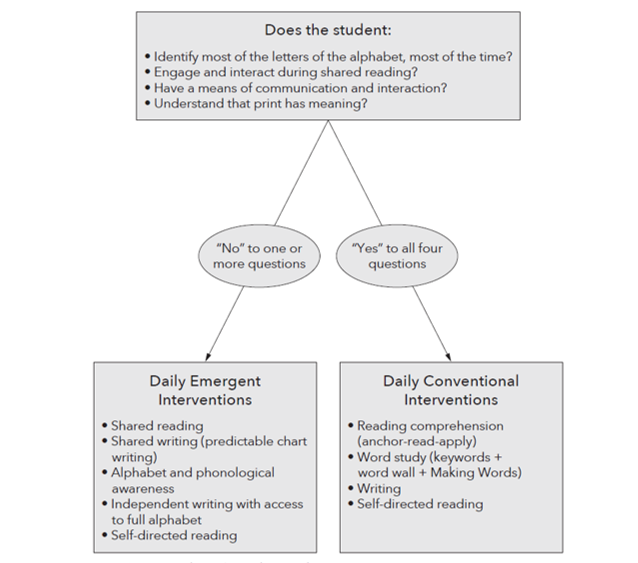
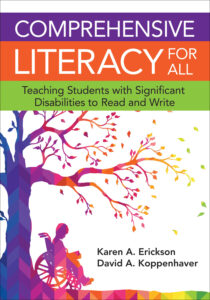

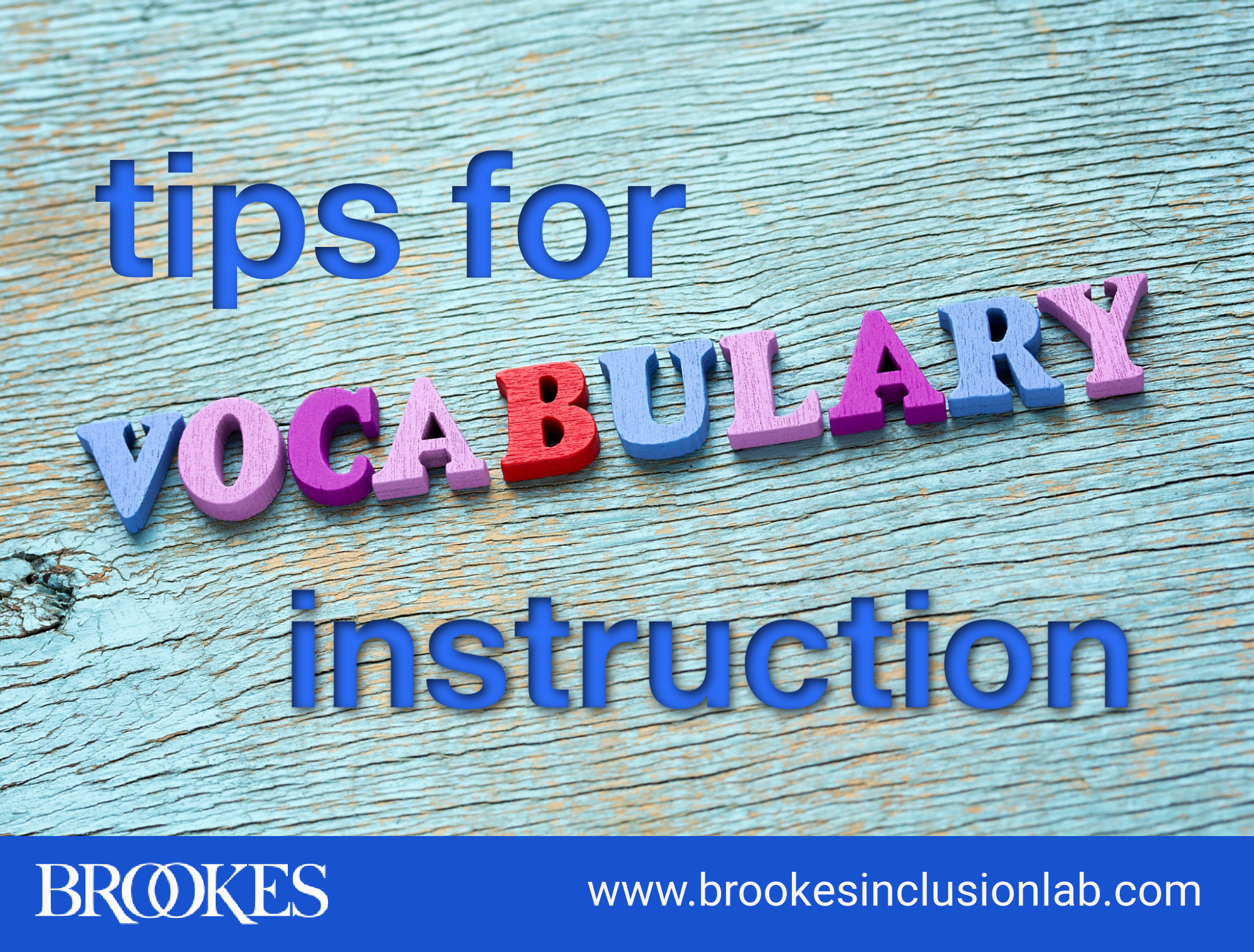
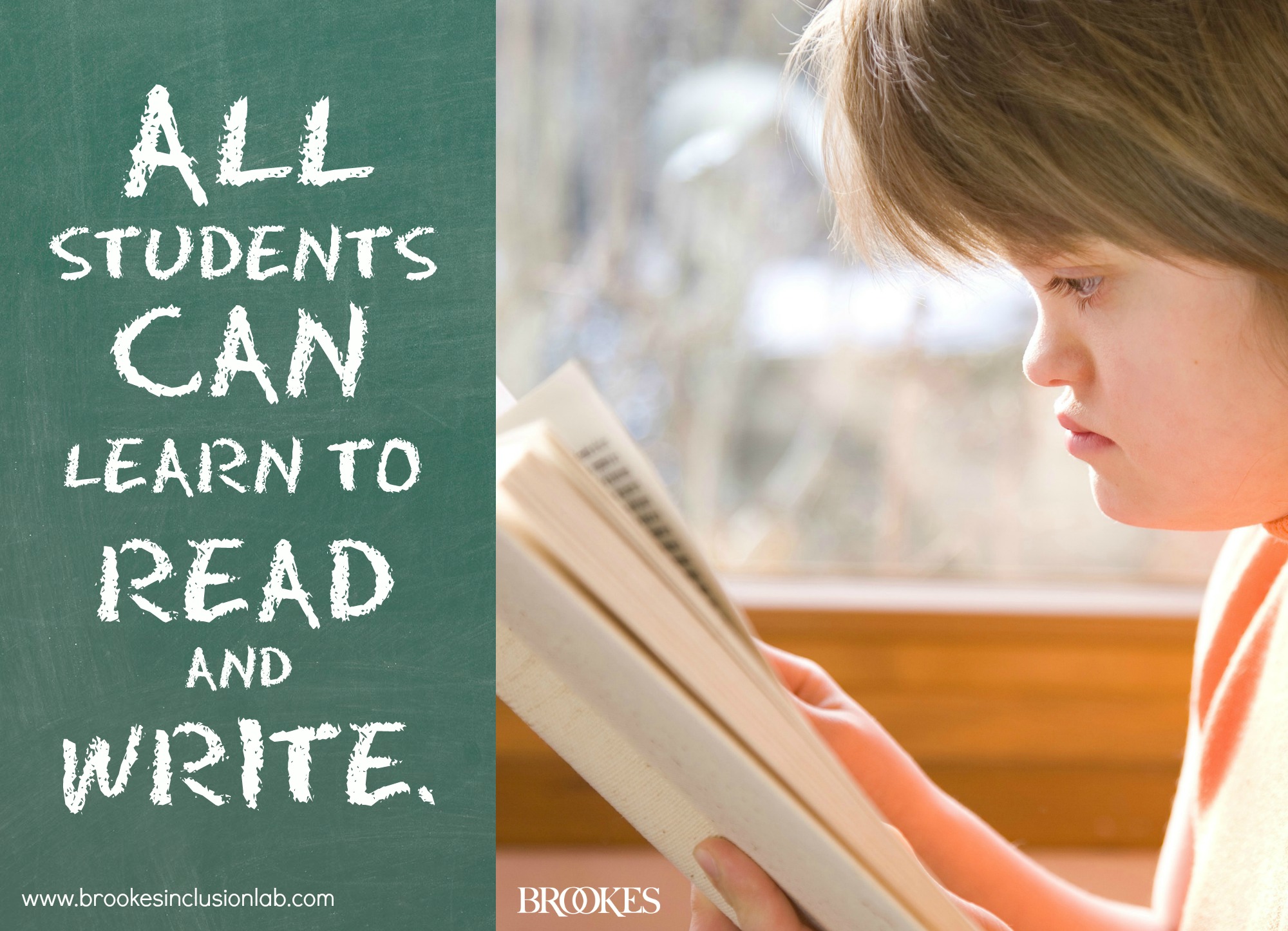
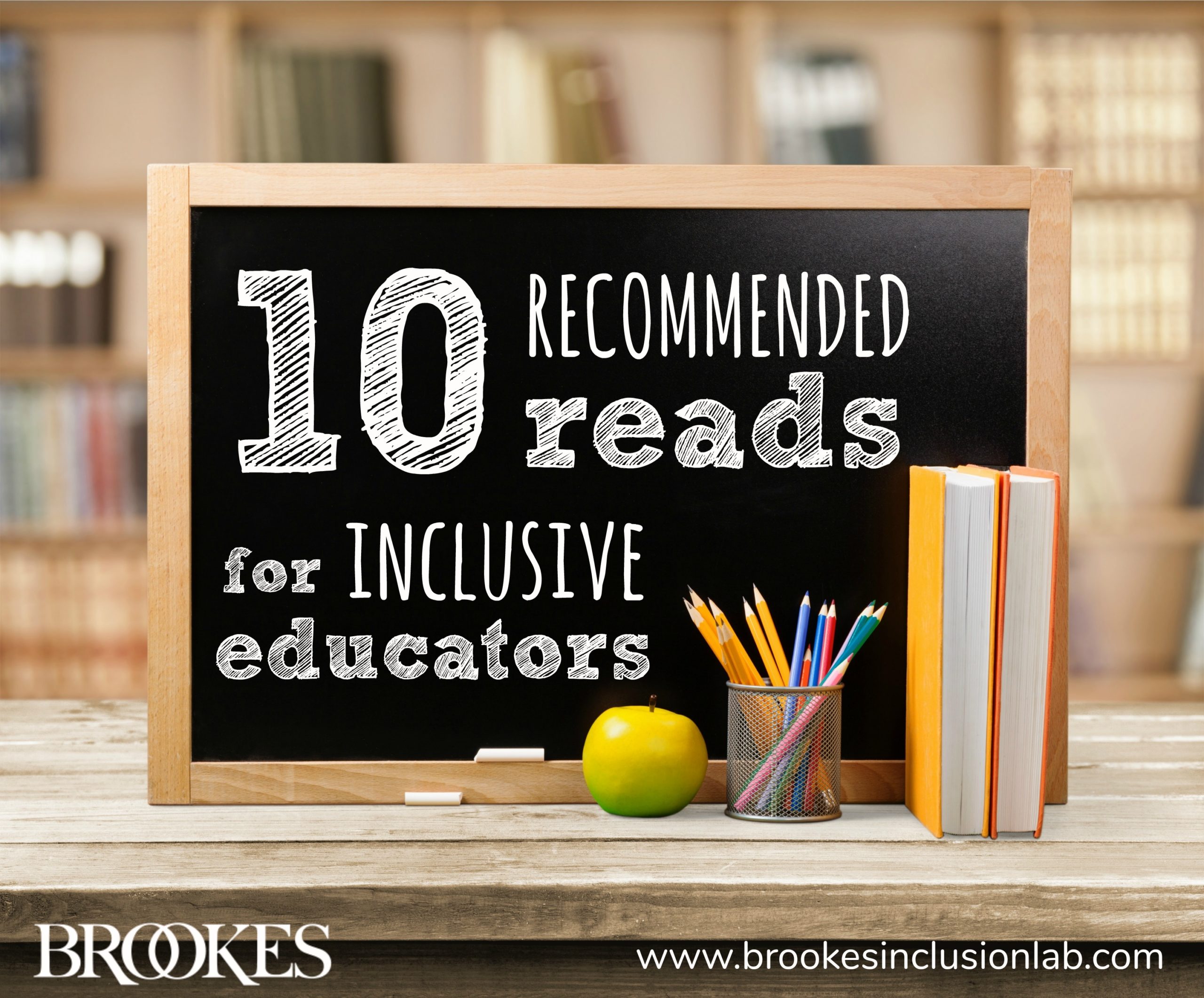
Write a Comment
Your email address will not be published. Required fields are marked *
Post a Comment